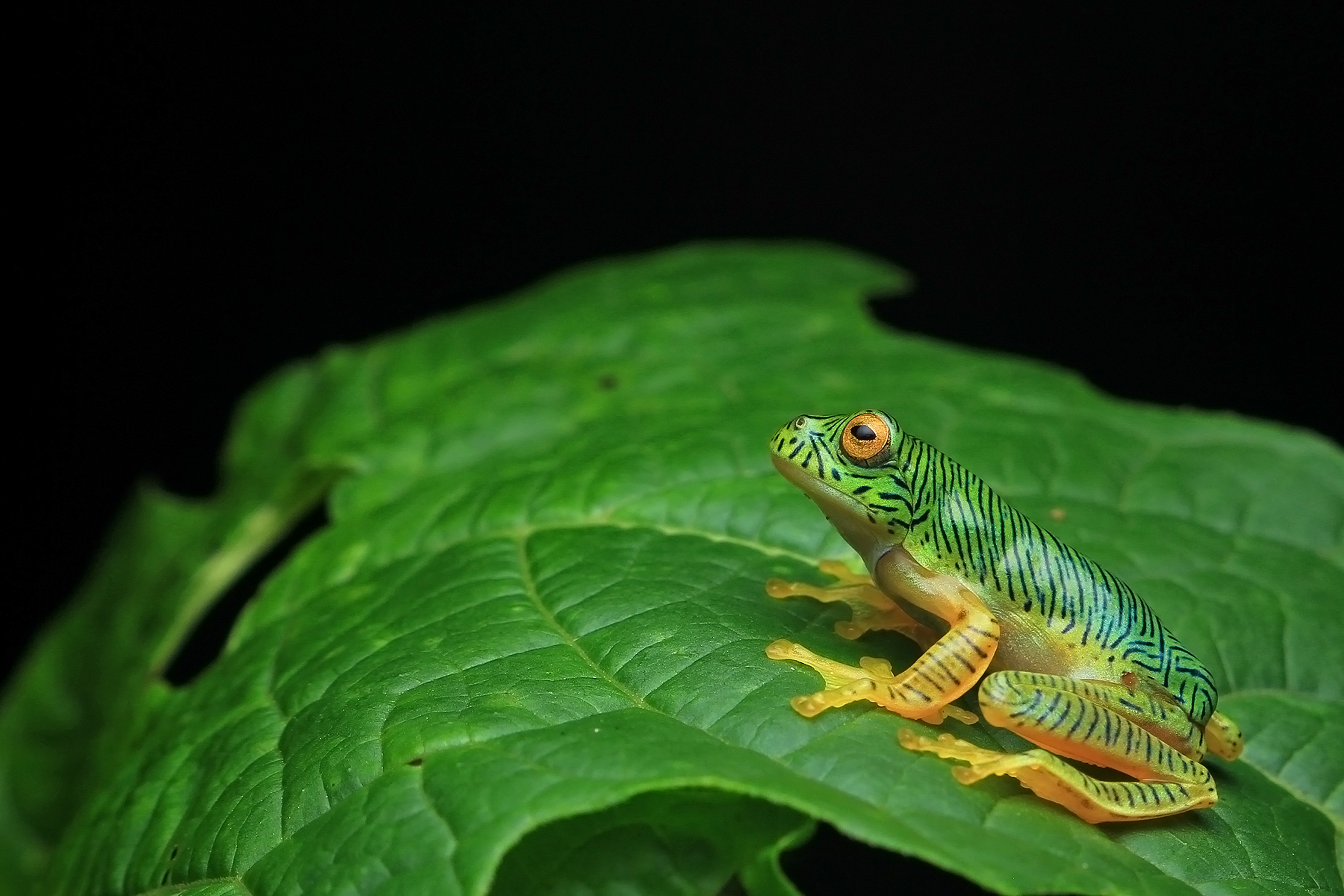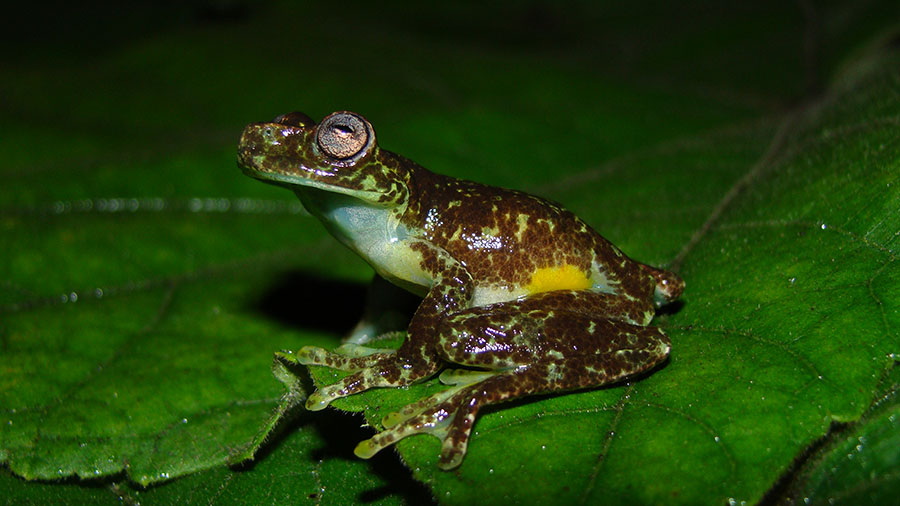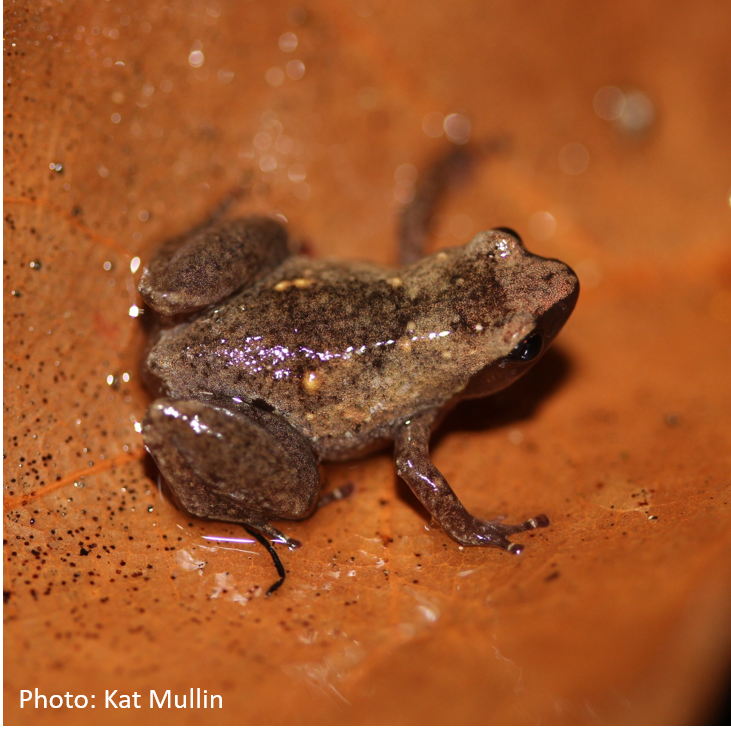A flying leap: Conservation of the Anamalai flying frog
By Snehaa Sundaram and Amrit Menon, Wildlife Trust of India
Western Ghats in India, one of global biodiversity hotspots and UNESCO World Heritage site, is home to a miscellany of taxa including about 170 amphibian species, new ones continue to be discovered every year. However, the rich biodiversity of the Western […]




